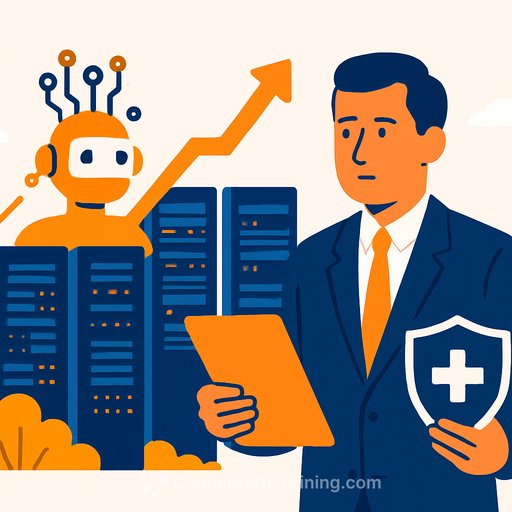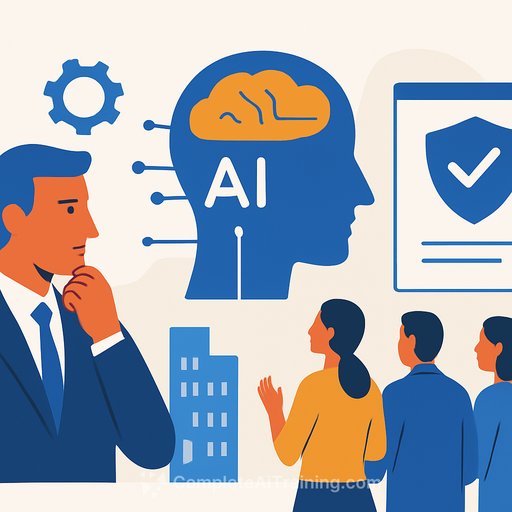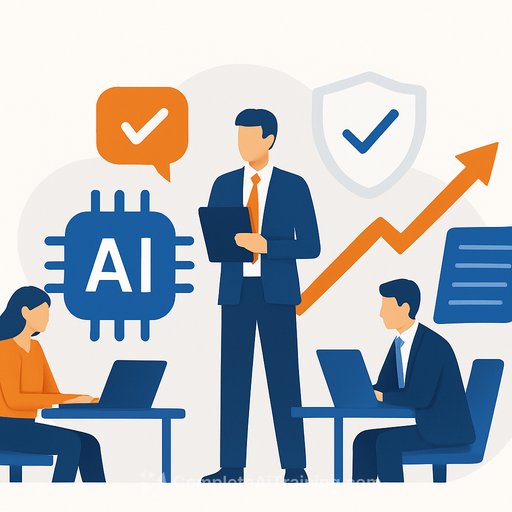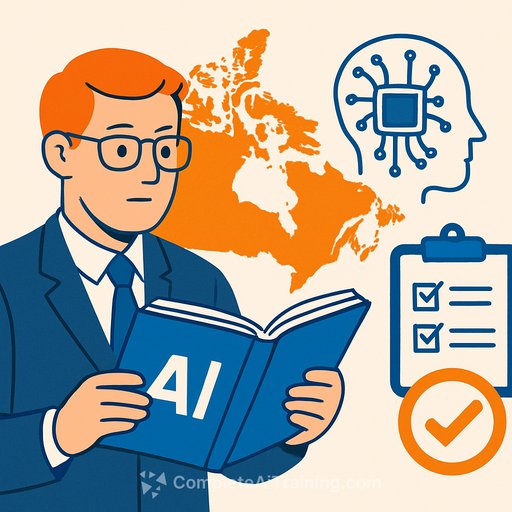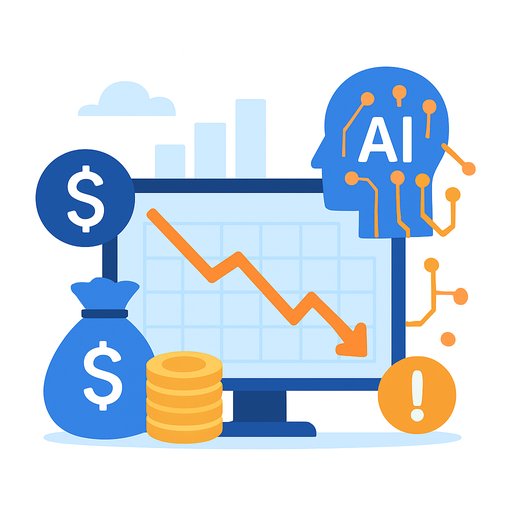AI Data Centers Surge – Can Insurance Keep Pace?
The rise of AI and generative AI technologies has driven an unprecedented demand for data centers. These facilities are expanding in size, complexity, and risk, pushing traditional infrastructure — and insurance models — to their limits. Research from Goldman Sachs projects a 160% increase in global data center power consumption by 2030, largely due to AI workloads. For example, ChatGPT-like queries consume up to 10 times more power than standard web searches, impacting power grids, emissions, and operational risks.
This growth raises a pressing question for insurers: Are current coverage models prepared to meet the needs of these mega data centers?
Massive Investments and Multi-Building Campuses
Building a new data center typically involves insurance coverage between $500 million and $700 million. However, the trend is shifting towards multi-building campuses—entire complexes of data centers clustered together. These projects often require coverage exceeding $2 billion to satisfy investors and lenders. Securing such high coverage is increasingly difficult in today's insurance market.
For example, Meta's plans include multi-gigawatt AI-focused data centers like Prometheus in Ohio and Hyperion in Louisiana, which will rival the size of Manhattan in power capacity. These sprawling sites elevate risk exposure and push insurance demands beyond traditional limits.
Zero Tolerance for Downtime
Data centers must operate 24/7 without interruption. With AI increasing computational intensity, resilience is now the top priority for owners and operators. Any downtime can trigger severe financial losses and reputational damage.
Key Risk Factors Driving Insurance Demand
- Battery Energy Storage Systems (BESS): Lithium-ion batteries are critical for backup power and load stabilization but present significant fire hazards. Fires involving these batteries are difficult to control and pose substantial risks to facilities.
- Natural Catastrophes: Many data centers are located in regions prone to hail, tornadoes, flooding, and storms, especially across the US South and Midwest.
- Power Generation Risks: Increased reliance on self-generated power sources, including renewables, introduces risks related to mechanical failure and operational mistakes.
Beyond property risks, there’s growing demand for specialized coverage concerning service-level guarantees. Data centers often lease space to multiple clients, and failing to meet contractual uptime commitments can result in hefty financial penalties. Many insurance policies don’t clearly address these liabilities, creating potential gaps.
Insurance Industry Faces a Capacity Gap
While some insurers can offer up to $2 billion in coverage for large campuses, the insurance market overall is struggling to keep pace. Addressing this capacity gap requires new approaches and stronger partnerships between carriers, brokers, and data center operators.
Adapting Insurance to Meet AI Data Center Needs
Insurance providers must evolve alongside data center technologies and risk profiles. Some companies are investing more in loss prevention engineering and research, while also offering on-demand expert support to clients worldwide.
Ensuring data center resilience benefits not only the facilities themselves but also the broader client base that depends on AI computation and cloud services. Stable data centers mean reduced vulnerability to downtime for all parties involved.
For insurance professionals looking to deepen their understanding of AI-related infrastructure risks and coverage strategies, resources like Complete AI Training offer specialized courses tailored to emerging technologies impacting insurance.
Your membership also unlocks:

